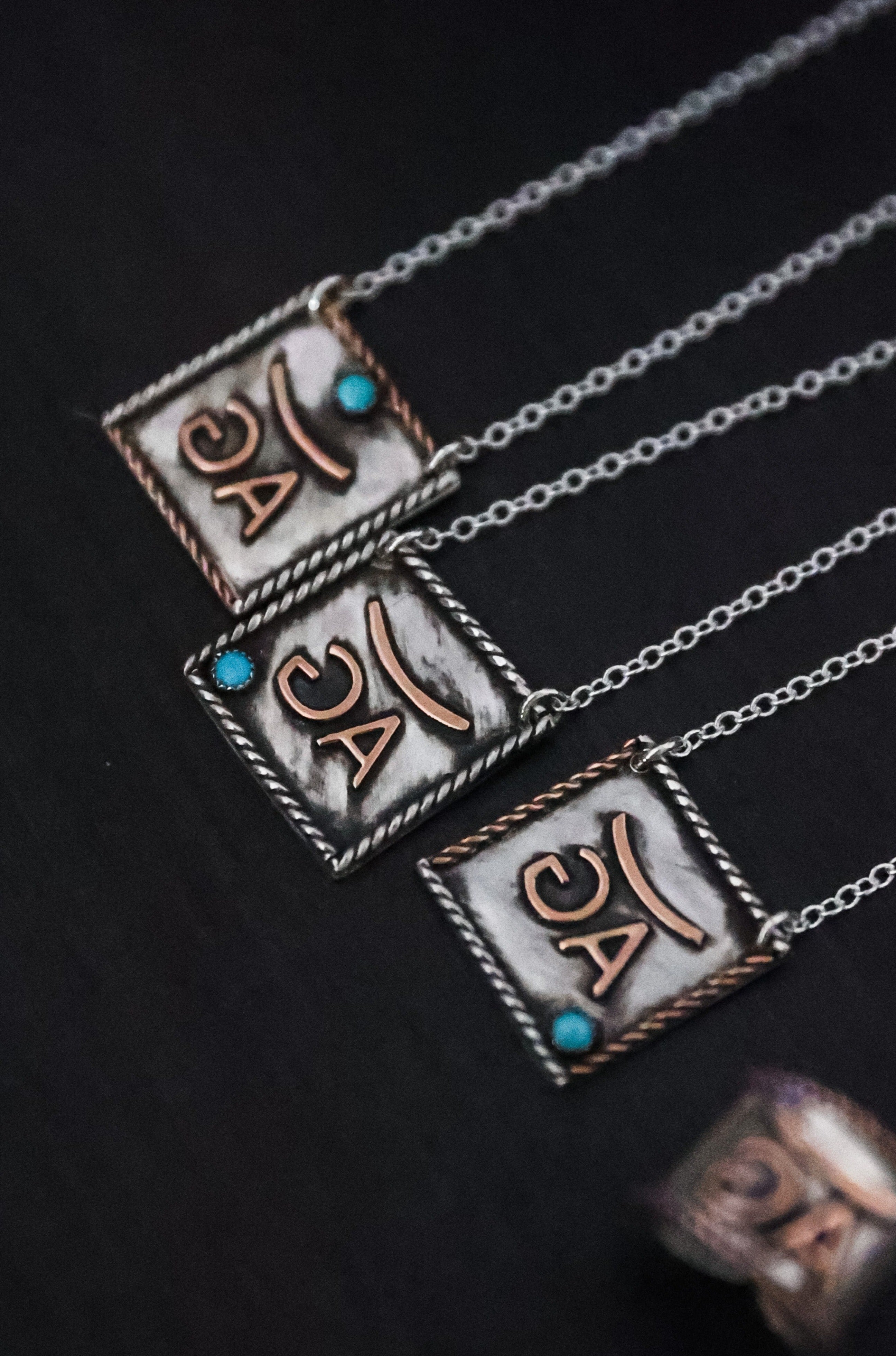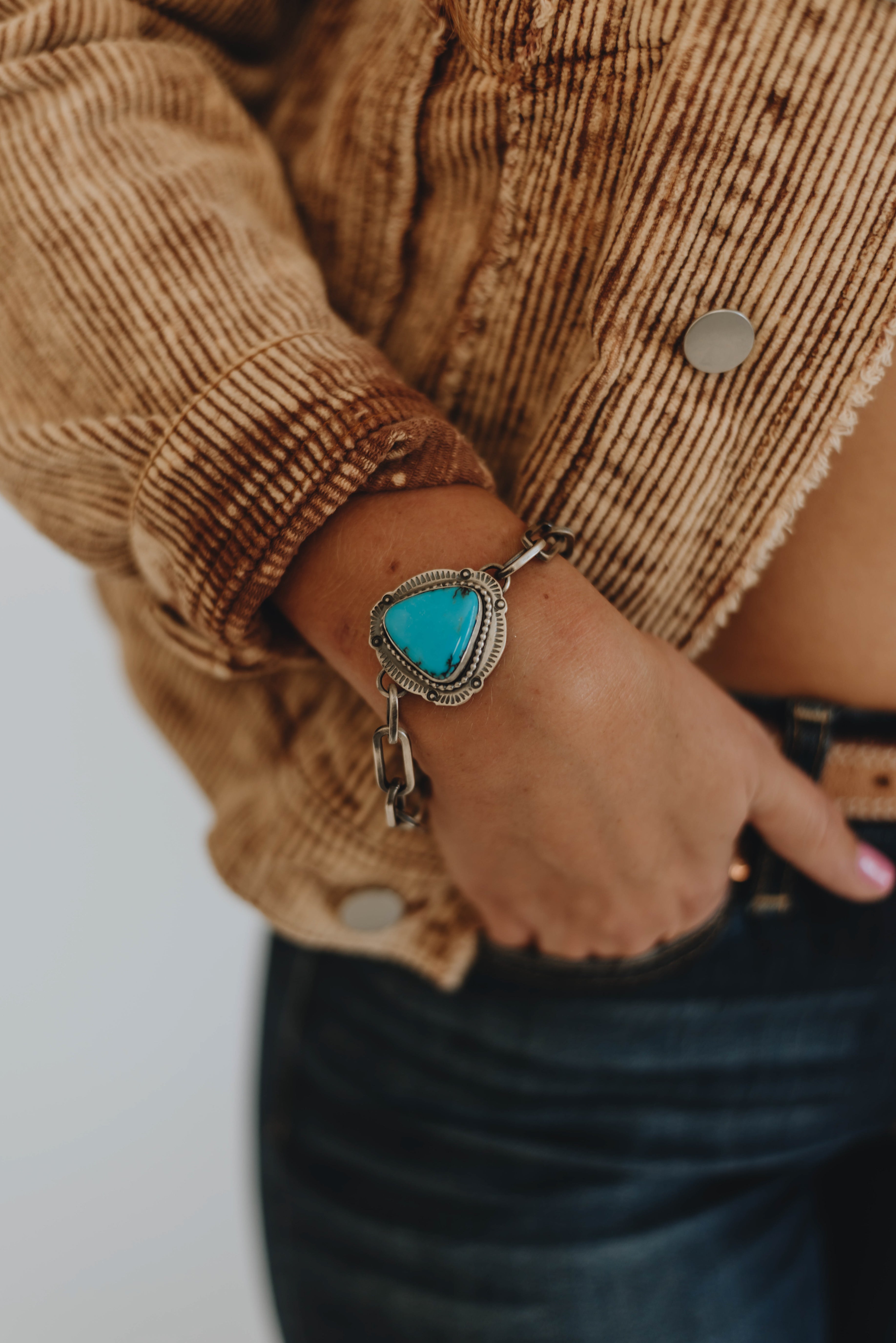Diamond Information
There's two options:
- mined diamonds
- lab created diamonds
Both options are 100% real diamonds and are identical in chemical make-up, appearance, and are even graded on the same quality scales. The only difference between the two is where they are grown. Mined diamonds are found in nature, while lab created diamonds are grown in a lab. This is what creates the significant price difference in the two - lab grown diamonds grow faster and are more readily available than mined diamonds, making them more rare.
THE FOUR Cs
Cut: This about so much more than the diamond's shape. It has to do with how well the facets catch and reflect light. These things are what make the diamond sparkle, which is why this is one of the most important components in evaluating the diamond. It determines the brilliance, sparkle, and fire that each diamond has, and is graded on a range from "excellent" to "poor".
Color: Measuring the absence of color in a diamond. Diamonds in the "colorless" or "white" scale still often contain trace amounts of yellow, brown, or gray colors. The less color in a diamond, the more desirable, and therefore, the more valuable. The Gemological Institute of America (GIA) is the preeminent source for diamond knowledge. The GIA diamond color-grading scale is used at all levels of the diamond trade; it ranges from D to Z+, with D being colorless and Z+ being a fancy yellow. Any diamond beyond the Z color grade is considered a "fancy color" and is evaluated on a different color scale. Differences of one to three color grades are not easily detectable to untrained eyes, a lot of people select diamonds in the "near colorless" region to keep their purchase more affordable.
Clarity: Because diamonds are formed under heat and pressure, it is common to find internal features, called inclusions; and surface features, called blemishes. GIA provides the industry standard for clarity, ranging from flawless to imperfect. Flawless (FL) and internally flawless (IF) diamonds are extremely rare and are not commonly found on the market, when they are available, they are very expensive. Very, very slightly included (VVS) and very slightly included (VS) diamonds are commonly found, and most customers will struggle to see the inclusions, even under magnification. These are the ideal grade for customers who want the finest diamonds that are regularly available. Diamonds in the slightly included (SI1/SI2) are very popular because they appear clean to the naked eye, even though the inclusions can be seen under 10x magnification. Diamonds in the imperfect range (I1/I2/I3) have inclusions that are visible with the naked eye and may also affect the brilliance of the stone.
Carat: The measurement of weight of the diamond, one carat (ct.) is equal to 200 milligrams. Diamonds with the same carat weight can have different size measurements depending on how they are cut. 
DIAMOND SHAPES





